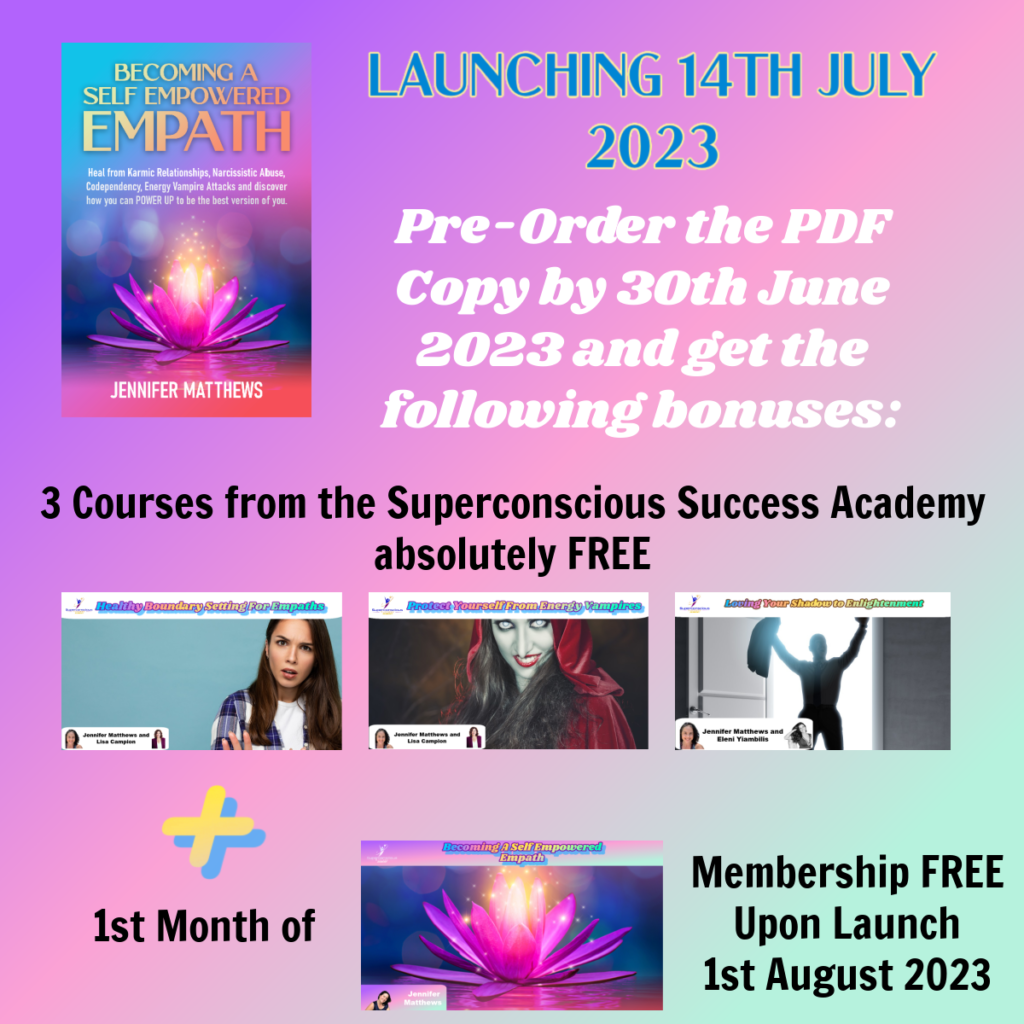
In this blog post, you will learn the importance of personal boundaries and how they can positively impact your relationships and overall well-being. We will explore the different types of boundaries and provide practical examples of how to apply them in various relationships, including romantic, familial, and friendships. You will gain an understanding of how personal boundaries foster mutual respect, emotional well-being, autonomy, conflict resolution, healthy intimacy, balanced give and take, and protection from harmful dynamics. Additionally, you will discover how to recognize the signs that indicate the need for boundaries and how self-reflection can help you establish and maintain healthy boundaries aligned with your values and comfort zones. Finally, we will guide you on effectively communicating your boundaries to others, offering tips on clarity, specificity, assertiveness, and consistent reinforcement. By the end of this blog post, you will have the knowledge and tools necessary to set and maintain boundaries that promote healthier, more fulfilling relationships.
If after you have checked off the points above, you recognise that you do indeed need to start setting healthy boundaries, then you need to start with some self-reflection. Self-reflection is an important practice when it comes to establishing and maintaining personal boundaries in relationships and by taking the time to assess your unique boundary requirements, you can ensure that your boundaries align with your values, comfort zones, and emotional well-being.
Here are some suggestions to guide your self-reflection process:
- Identify Your Values: Start by reflecting on your core values and beliefs. What is important to you in your relationships and what behaviors or actions do you find acceptable or unacceptable? Understanding your values will help you establish boundaries that align with your personal principles.
- Assess Comfort Zones: Consider your own comfort levels for various aspects of relationships, such as physical touch, emotional intimacy, or disclosure of personal information. Reflect on what makes you feel comfortable and where you may need more space or privacy because this will help you establish physical and emotional boundaries that respect your comfort zones.
- Evaluate Emotional Well-being: Reflect on how certain interactions or behaviors impact your emotional well-being and take note of situations or relationships that consistently leave you feeling drained, overwhelmed, or stressed. These can be indicators that your emotional boundaries may need adjustment to protect your emotional well-being.
- Consider Past Experiences: Reflect on past experiences where your boundaries may have been crossed or where you may have neglected to set boundaries. Identify any patterns or recurring themes that emerge. What did you learn from those experiences? How can you apply those lessons to set healthier boundaries in the future?
- Listen to Your Intuition: Pay attention to your intuition and inner guidance. Trust your instincts when it comes to recognizing situations or behaviors that may require boundaries and remember that your intuition can serve as a valuable compass to guide you in setting limits that are in alignment with your needs and values.
- Communicate Openly: Reflect on your communication style and how effectively you are expressing your boundaries to others and consider how you can improve your assertiveness and clarity in communicating your needs and expectations. Effective communication is essential in establishing and maintaining boundaries.
Remember, personal boundaries are unique to each individual and can vary in different relationships. It is important to regularly reassess and adjust your boundaries as needed to ensure they continue to align with your values, comfort zones, and emotional well-being. Self-reflection plays a vital role in this process, allowing you to cultivate and maintain healthier and more fulfilling relationships.











